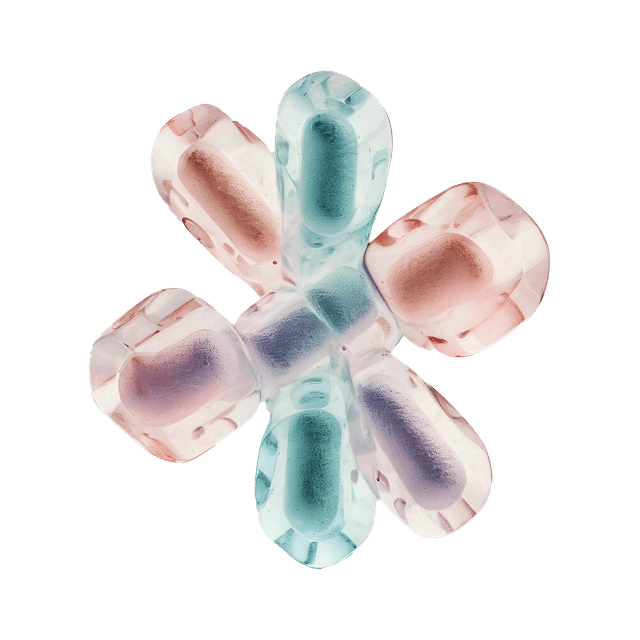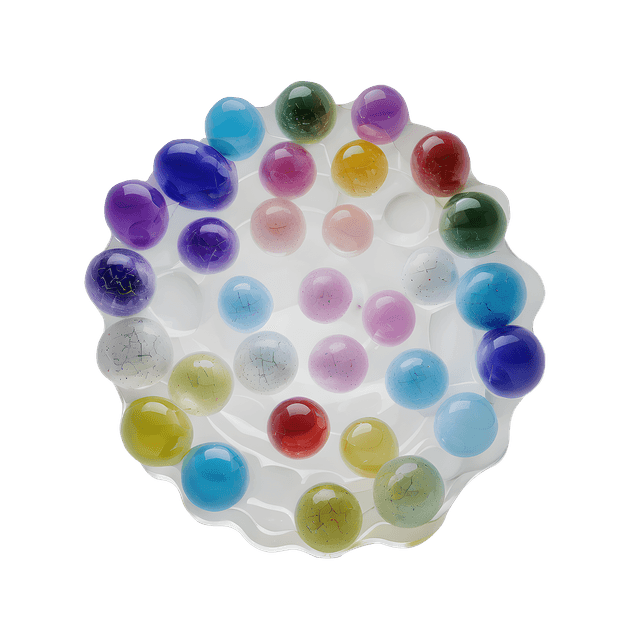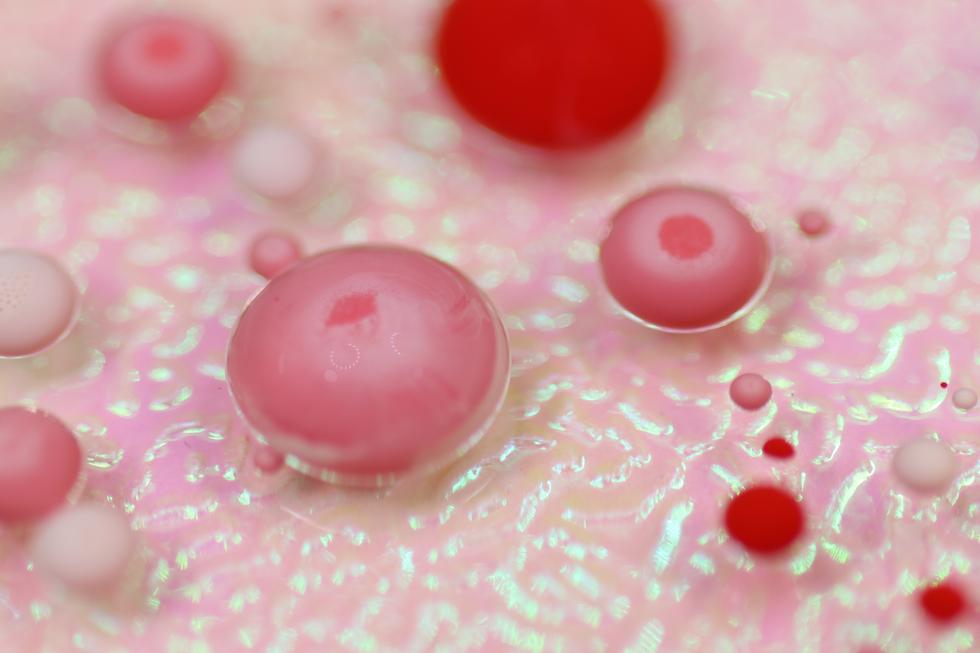What is a normal blood count?
When doctors talk about blood values, they usually refer to the concentration of hemoglobin in the blood (HB), which is found in the red blood cells and takes care of the oxygen transport from the lungs out into the body. But the expression normal blood values can of course also include several different values and can actually refer to any blood value. Some of the most common blood values checked include hemoglobin, white blood cells, red blood cells, platelets, cholesterol levels, blood sugar levels, lowering (CRP) and liver function tests.
Normal hemoglobin value HB
One of the most common blood tests is hemoglobin, the blood test is called Hb or precisely the "blood value" and you often say "measure the blood value" or "measure the Hb". The test is carried out because it can detect whether you suffer from anaemia. It is common to submit the sample in connection with a doctor following up on a treatment if you have an illness or suspect illness.
It is important to note that a normal blood value (hemoglobin content in the blood) can vary slightly depending on factors such as your age, gender, ethnicity and other health conditions. Even perfectly healthy people can be tested for varying HB values on different occasions. There is therefore no exact number that can be applied to your individual blood value. Instead, a so-called reference interval is used to assess whether your blood value is within the normal range.
We get the reference interval by adding together the hemoglobin value from a large group of healthy people. The reference interval differs between women and men and a higher hemoglobin concentration can be observed in men already during the teenage period. The hemoglobin value is given in grams per liter and reported as g/L.
Hemoglobin reference range for women
For women over the age of 17, the reference value for hemoglobin is 117 to 155 g/l. (grams per liter.)
Hemoglobin reference range for women
For you who are men over 17, the reference value for hemoglobin is 134 to 170 g/l. (grams per liter.)
What does a high HB blood value mean?
A high blood value, also known as high Hb (hemoglobin), indicates elevated hemoglobin concentration in the blood. This causes the blood to become thick and can be a sign of polycythaemia. Polycythemia is a disease in which the number of red blood cells in the blood is too high. It can be either an independent disease or a consequence of other conditions. The treatment of polycythemia depends on the type of polycythemia present, either primary polycythemia (polycythemia vera) or secondary polycythemia.
People who smoke are at greater risk of an elevated blood value. When you smoke, the hemoglobin is blocked by carbon monoxide, which binds to the red blood cells more strongly than oxygen. The body interprets this as a lack of hemoglobin and therefore increases production, which leads to increased concentration.
Symptoms of high blood pressure
Symptoms that can occur due to an elevated blood level vary and it is not always so easy to recognize symptoms. If symptoms occur, they may include some of the following:
- Dizziness and headache.
- Feeling of heaviness in the head and general weariness.
- Itching after hot baths or showers.
- Feeling of being "full" in the stomach.
- Redness or pain in hands, feet and/or lower legs.
- Swollen legs.
It is important to note that the above symptoms are not specific to high blood pressure and may also be associated with other conditions. If you suspect you have high blood pressure or experience any of these symptoms, you should see a doctor for a proper diagnosis and appropriate treatment.
Test your blood count
There are different ways to test the HB level in the blood, but the most common is to do it through a venous blood sample from the arm. If you are interested and want to find out your blood level (hemoglobin), you can order a hemoglobin-test from us, alternatively visit a health center or talk to your doctor to get one referral.
Shortly after taking the sample, you will receive the result of your HB value. In the event of a deviating value outside the reference range, a doctor will discuss the results for qualified guidance and further advice.






















